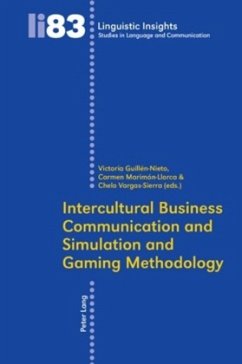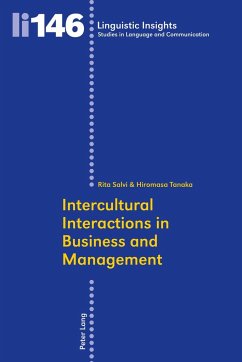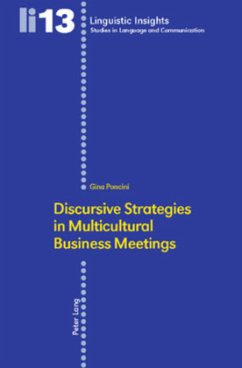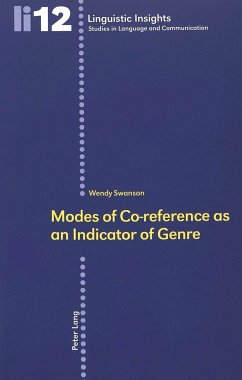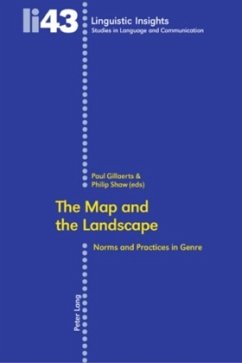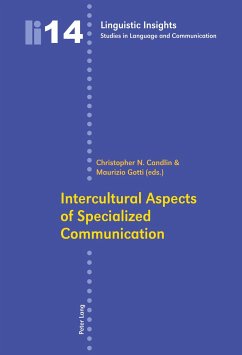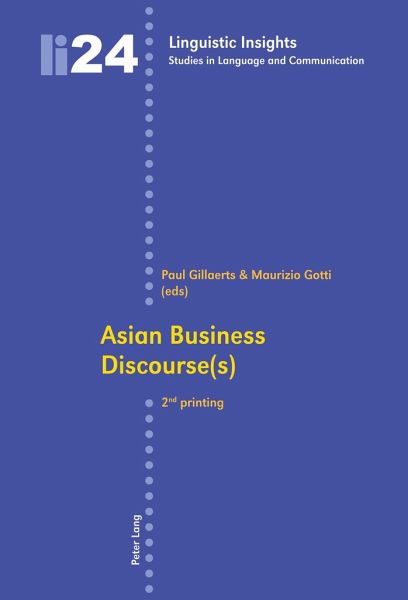
Genre Variation in Business Letters
Second Printing
Herausgegeben: Gillaerts, Paul; Gotti, Maurizio
Versandkostenfrei!
Versandfertig in 6-10 Tagen
99,95 €
inkl. MwSt.

PAYBACK Punkte
0 °P sammeln!
The focus of this volume is on the business letter genre, a seminal and widely used genre in business communication. Since the introduction of the Internet, interest in this genre has increased once again, because of the digital format of the letter. E-mail has partially taken over the multiple functions of the traditional business letter and bypassed, again partially, the fax. However, the letter has also survived in its written form.Since the 1990s, genre theory has been receiving a lot of attention, both in academic and pedagogical circles. Discourse analysts have increasingly discovered th...
The focus of this volume is on the business letter genre, a seminal and widely used genre in business communication. Since the introduction of the Internet, interest in this genre has increased once again, because of the digital format of the letter. E-mail has partially taken over the multiple functions of the traditional business letter and bypassed, again partially, the fax. However, the letter has also survived in its written form.
Since the 1990s, genre theory has been receiving a lot of attention, both in academic and pedagogical circles. Discourse analysts have increasingly discovered the importance of the genre concept for the understanding of discourse. Not only do we get a better understanding of the linguistic characteristics (register, lexico-grammatical features) of texts, but we also become aware of their macrostructures which appear to be organised according to genre expectations and conventions rooted in the socio-cultural context. This evolution is also reflected in the different research approaches to the business letter, as shown by the various chapters of this volume.
Since the 1990s, genre theory has been receiving a lot of attention, both in academic and pedagogical circles. Discourse analysts have increasingly discovered the importance of the genre concept for the understanding of discourse. Not only do we get a better understanding of the linguistic characteristics (register, lexico-grammatical features) of texts, but we also become aware of their macrostructures which appear to be organised according to genre expectations and conventions rooted in the socio-cultural context. This evolution is also reflected in the different research approaches to the business letter, as shown by the various chapters of this volume.





